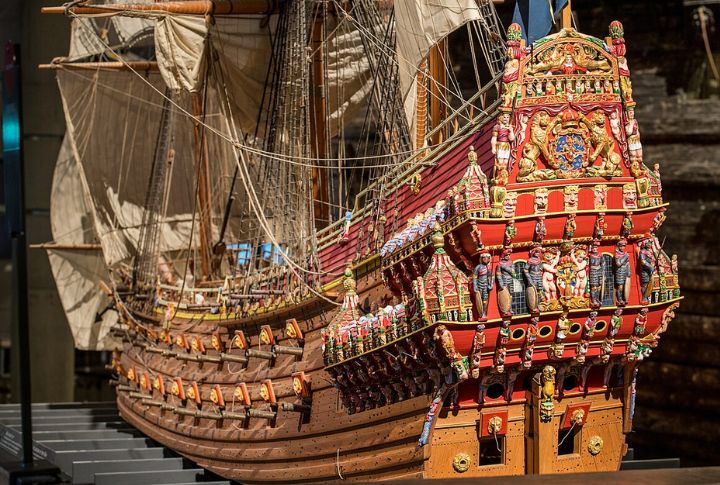
Throughout history, countless objects have been lost to time, but some extraordinary finds have survived against all odds. These artifacts offer rare and intimate glimpses into the lives of those who came before us. Without them, many historical truths might have remained hidden or misunderstood. Here are 20 unbelievable historical finds that offer timeless lessons and remarkable insights.
Lady Dai’s Mummy (Xin Zhui), Mawangdui, China

Discovered in 1971 in Mawangdui, China, the mummy of Lady Dai (Xin Zhui) is over 2,100 years old and remains astonishingly well-preserved. Her skin is still soft, her joints are flexible, and her internal organs are intact, allowing for a detailed autopsy that revealed she likely suffered a fatal heart attack.
Pompeii Loaf Of Bread, Italy

In 79 CE, Mount Vesuvius erupted, burying the city of Pompeii under volcanic ash and preserving many aspects of daily life, including a loaf of bread. This loaf, found in a bakery, was carbonized but retained its shape and scoring marks. It offers a tangible connection to the diets and culinary practices of ancient Romans.
Sword Of Goujian, China
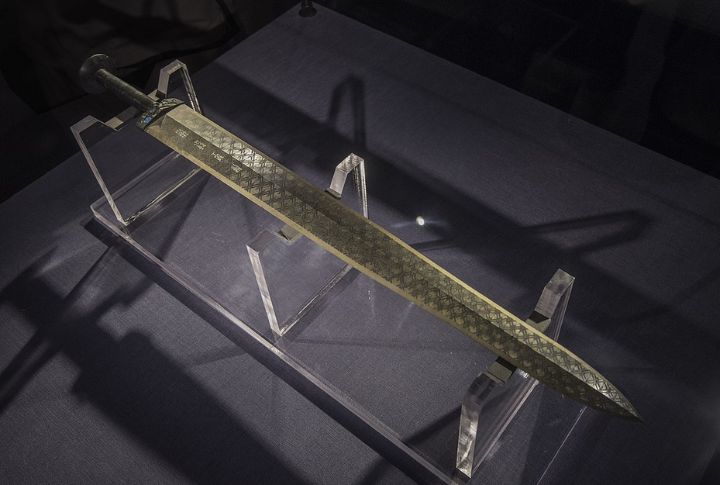
Unearthed in 1965 from a tomb in Hubei province, the Sword of Goujian dates back over 2,500 years to the Spring and Autumn period. Despite its age, the sword remains untarnished and sharp, with intricate engravings still visible. The preservation is due to its airtight scabbard and the unique composition of the bronze alloy.
Vasa Warship, Sweden
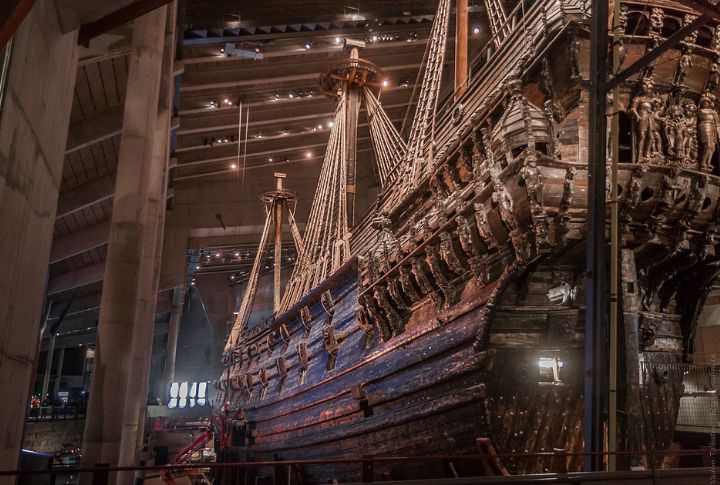
The Vasa, a Swedish warship built in 1628, sank on its first journey and was excavated in 1961. Remarkably, over 95% of the ship’s structure was intact, preserved by the cold, brackish waters of the Baltic Sea. The ship now resides in the Vasa Museum in Stockholm, offering insights into 17th-century shipbuilding and naval warfare.
Vogelherd Figurines, Germany
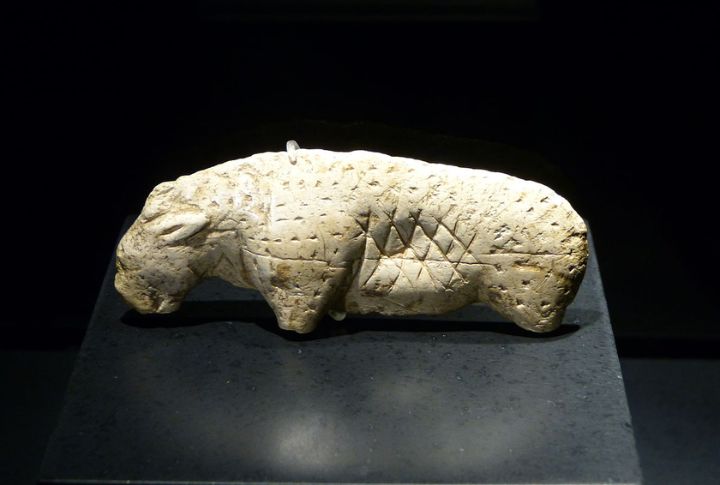
Discovered in the Vogelherd Cave in Germany, these ivory figurines date back approximately 40,000 years. They are some of the oldest known examples of figurative art. Carved from mammoth ivory, the figurines depict animals like horses and mammoths. Their preservation is attributed to the stable conditions within the cave.
Gobekli Tepe, Turkey
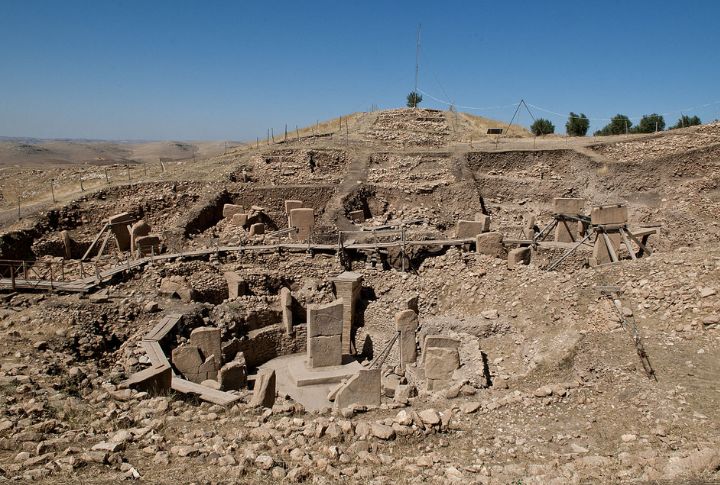
Gobekli Tepe, located in southeastern Turkey, is a Neolithic archaeological site dating back to around 9600 BCE. It features massive stone pillars arranged in circular formations, many adorned with intricate carvings of animals and abstract symbols. The site’s preservation is due to its burial under sediment, which protects it from erosion.
Ming Dynasty Shipwreck Artifacts, South China Sea

Two shipwrecks dating back over 600 years were discovered in the South China Sea in 2022. They yielded nearly 1,000 artifacts from the Ming Dynasty. Items recovered include porcelain, pottery, copper coins, and deer antlers. These artifacts provide valuable insights into maritime trade along the ancient Maritime Silk Road.
Byzantine Shipwrecks, Istanbul, Turkey
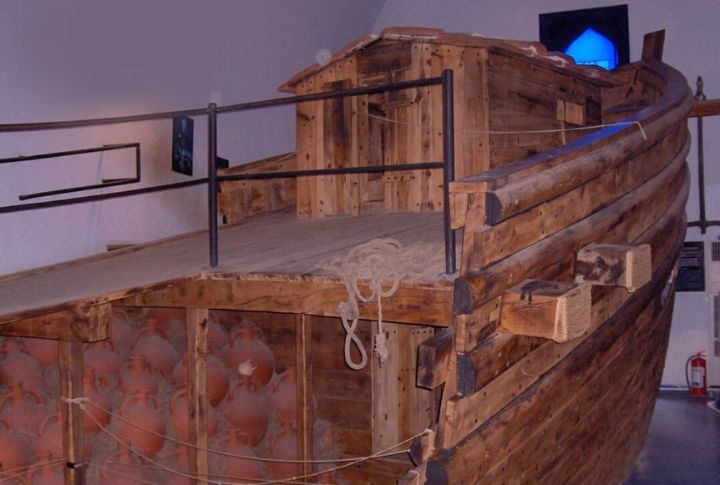
During the construction of the Marmaray Tunnel in Istanbul, excavations at Yenikapi uncovered 37 Byzantine shipwrecks between the 5th and 11th centuries. The well-preserved vessels provide a comprehensive view of Byzantine shipbuilding techniques. Experts believe the anaerobic conditions of the harbor’s silt contributed to their preservation.
Terracotta Army, Xi’an, China
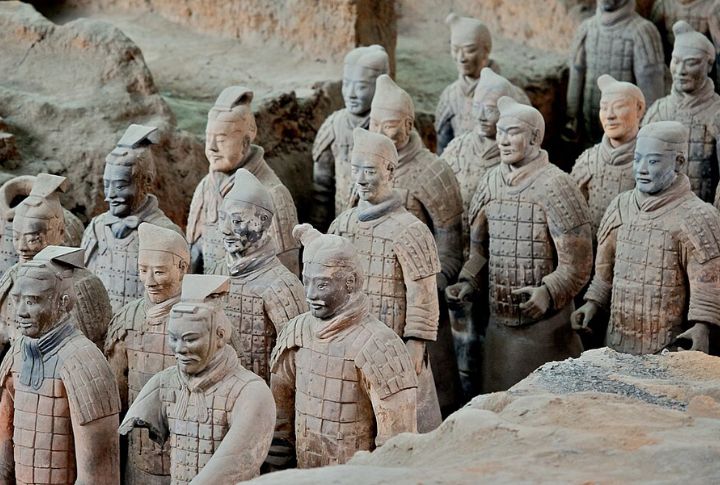
Found in 1974 near the tomb of Qin Shi Huang, China’s first Emperor, the Terracotta Army consists of thousands of life-sized clay soldiers, horses, and chariots. Each figure is uniquely detailed and reflects the ranks and roles within the army. The figures were preserved underground for over two millennia, protected by the tomb’s sealed environment.
Rosetta Stone, Egypt

The Rosetta Stone was unearthed in 1799 near Rosetta (Rashid) in Egypt. It dates to 196 BCE and features Greek, Demotic, and hieroglyphic inscriptions. In 1822, French linguist Jean-Francois Champollion used the stone to decode hieroglyphs, paving the way for modern Egyptology. The stone is currently kept in the British Museum.
Antikythera Mechanism, Greece
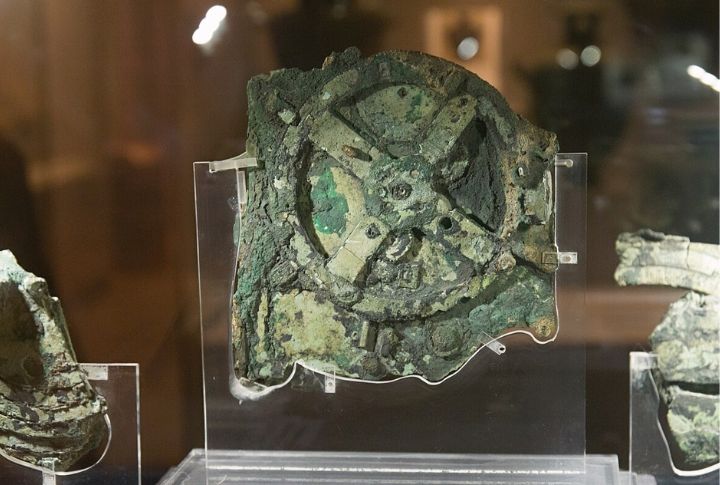
Known as the world’s first analog computer, the Antikythera Mechanism was found in 1901 in a shipwreck near the Greek island of Antikythera. Dating to around 100 BCE, it predicted astronomical events for calendars and astrology. Its purpose remained unclear for decades—until X-rays and 3D modeling revealed its complex inner workings.
Otzi The Iceman, Alps (Italy-Austria Border)

In 1991, Otzi the Iceman was discovered in the Otztal Alps on the border between Austria and Italy. He had been preserved in glacial ice for over 5,300 years. Otzi’s body was intact, and scientists discovered he had a fatal arrow wound. His belongings included a copper axe and a complex hide outfit.
The Pazyryk Carpet, Siberia

This artifact is considered the oldest known surviving knotted carpet in the world. It was discovered in 1949 in a Scythian burial heap in the Altai Mountains of Siberia, preserved in ice that kept the organic fibers from decaying for over 2,500 years. Experts believe it was possibly made in Persia and traded north.
Bog Bodies, Northern Europe
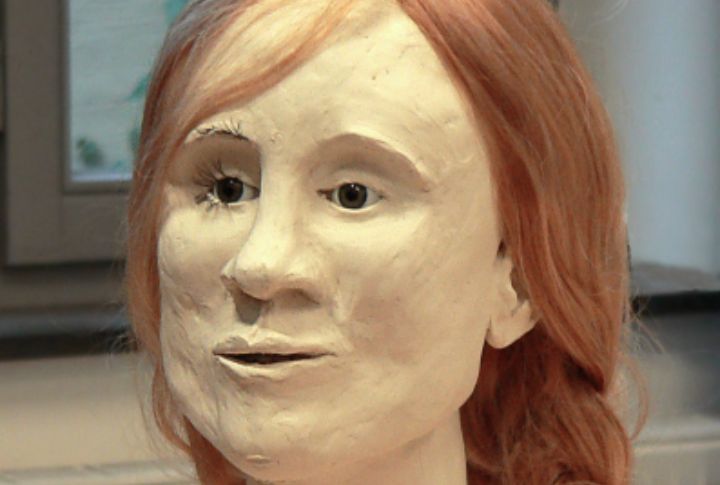
Bog bodies are naturally preserved human remains found in peat bogs across Northern Europe. Most date from the Iron Age (roughly 800 BCE to 200 CE) and have survived millennia with skin and even stomach contents intact. Bogs’ unique acidic and anaerobic conditions prevent decay and preserve organic materials.
King Tutankhamun’s Tomb, Egypt

The tomb dates to the 14th century BCE and contained gold jewelry, chariots, and the iconic golden funerary mask. Unlike other tombs looted over the centuries, Tutankhamun’s remained sealed and nearly intact. The preservation was helped by the tomb being hidden under debris from a later tomb, preventing its discovery for millennia.
The Roman Vindolanda Tablets, England

Vindolanda was a Roman fort near Hadrian’s Wall in northern England, and in the 1970s, several wooden writing tablets were found in it. These thin slivers of wood bear ink inscriptions and offer rare insights into everyday Roman life in Britain. The site’s anaerobic soil conditions preserved the delicate wood and ink remarkably well.
The Sutton Hoo Helmet, England
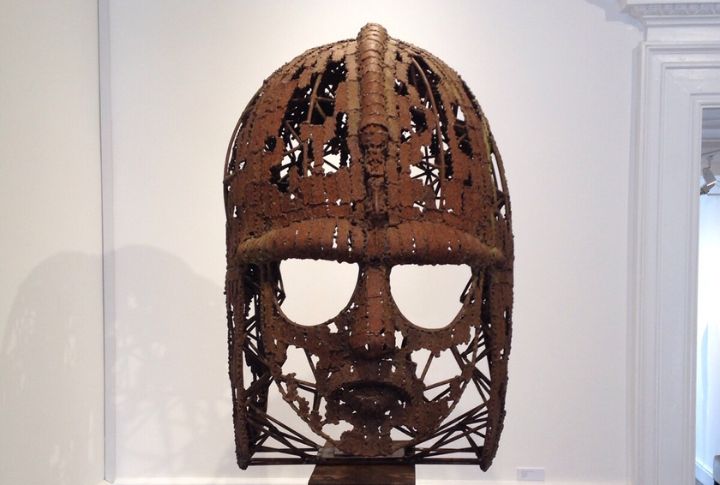
Although this Anglo-Saxon helmet was discovered in hundreds of fragments, archaeologists painstakingly reconstructed it into its current form. It is richly decorated with intricate designs and dragon motifs, indicating its use in ceremonial contexts rather than battle. Today, the Sutton Hoo helmet is housed in the British Museum and symbolizes early medieval English craftsmanship.
The Baghdad Battery, Iraq

This artifact, dating to around 250 BCE, consists of a terracotta pot, a copper cylinder, and an iron rod. Some researchers speculate it may have functioned as a primitive battery, possibly used for electroplating. While the actual purpose remains debated, the construction suggests electrical potential. It currently resides in the National Museum of Iraq.
The Bakhshali Manuscript, Pakistan

Carbon dating reveals that parts of the Bakhshali manuscript may date as early as the 3rd century CE. This manuscript is a collection of mathematical texts written on birch bark. It contains the earliest known use of the zero symbol, a pivotal development in the history of mathematics. Written in Sanskrit, it shows advanced knowledge of arithmetic and algebra.
The Copper Scroll, Qumran, Israel

Unearthed in 1952 among the Dead Sea Scrolls, the Copper Scroll stands apart—literally engraved on thin sheets of copper rather than parchment. Dating to around 50–100 CE, it lists locations of hidden treasures, though none have been conclusively found. Its preservation owes to the corrosion-resistant metal, offering a rare glimpse into ancient hoarding practices.

